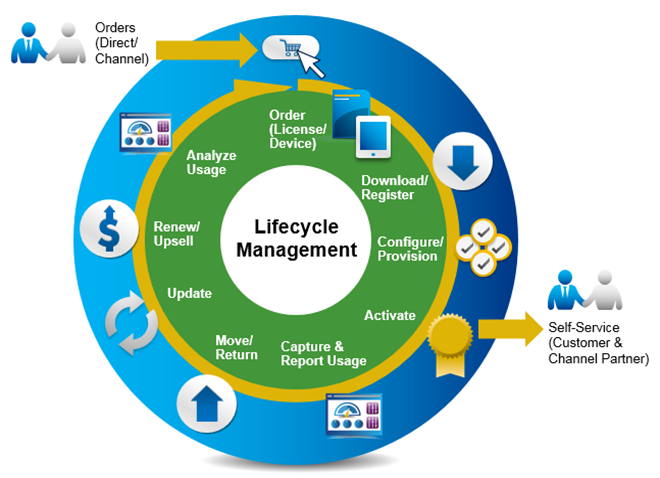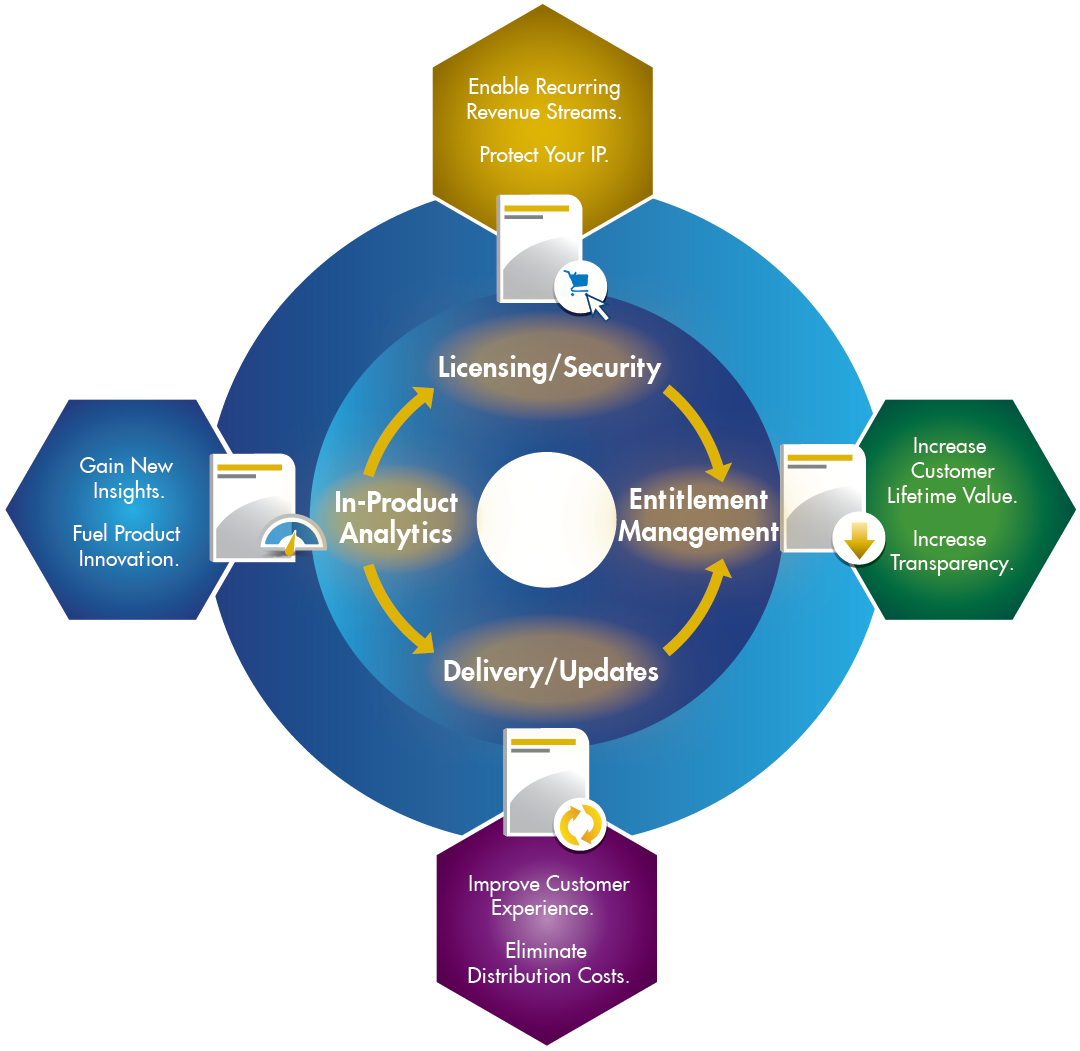It used to be that when you bought a product you had only one opportunity to buy the model most tailored to your needs because you were stuck with it until the time came to replace it. The object – be it a lightbulb or copier, an MRI machine or piece of telecommunications equipment – was fixed and unchanging, fixed in time and commencing obsolescence from the moment you purchased it.
When Tesla recently announced that, for $2500, it was allowing customers to download a software update that would upgrade their car with an autopilot feature – it forever transformed the automobile, the automobile industry and the relationship between individuals and the automobiles they buy. Forever more, Tesla demonstrated that a car is no longer a fixed object but an ever-changing, ever-customisable service that can be tailored on an ongoing basis to accommodate the evolving wants and needs of the owner throughout the lifecycle of the automobile. Want added convenience when driving? Pay for a software upgrade and now your automobile operates differently – the way you want it to, says Vincent Smyth, vice president EMEA at Flexera Software.
Along the way, Tesla has accomplished something that has largely eluded traditional auto-manufacturers: it has innovated a new mechanism for differentiating its products (leveraging the power of software to deliver new products, features and enhancements); it has created a new revenue stream by monetising that software (i.e. selling the autonomous driving software upgrades to existing customers); and it has done all this while minimising manufacturing costs (Tesla is able to slash costs by delivering this new functionality via software, rather than having to manufacturer new hardware parts and automobile models, which is a very expensive proposition).
Tesla has just delivered on the dream and promise of the Internet of Things (IoT).
As manufacturers seek ways to deepen their relationships with customers and grow profits, they will need to become more strategic and provide ongoing solutions tailored to evolving customer needs as Tesla has done. Manufacturers of Internet-connected devices are poised to reap the reward of recurring revenues from sales of hardware, upgrades, apps and services. The recipe driving the transformation consists of this essential formula: Platform + Apps + Service. This is delivered through a combination of:
- Hardware platform (the actual hardware device and its component parts)
- Software applications that control features and functionality of the hardware, software and services delivery; and
- Software Monetisation (licensing and entitlement management, which sorts out which device features, functions and services a customer has paid for and can therefore access).

This model not only creates tremendous opportunities for innovation – turning traditional manufacturers into platform and service providers. It also creates tremendous new revenue stream opportunities, cost and efficiency advantages – which all amount to increased profits.
With services becoming critical to selling solutions, monetising software will be essential to profitability. By adopting software monetisation processes, for instance, medical device makers can use big-data to provide better diagnostics based on segmenting national, socio-economic or ethnic characteristics of an overall population pool. Or building automation manufacturers can equip their control panels with every feature and upgrade available – and simply turn on or off specific features via software and licensing based on what the customer has purchased. Such an approach will allow IoT device makers to monetise every single feature in their product – at no additional physical unit manufacturing cost.
This trend is already beginning to reshape the manufacturing space. According to a recent Flexera Software survey, the proportion of manufacturers adopting this new model is growing rapidly. 30% of manufacturers today develop IoT devices – and 34% more will within two years. 79% of device makers say they are or plan on delivering remote monitoring and maintenance to their product/service mix. And 60% leverage Software Monetisation systems to generate revenues from their software-enabled devices.
The key challenge for traditional device manufacturers will be to stop viewing their products as fixed objects with fixed-in-time features and functions. They must start thinking and acting like service providers, constantly delivering new value to existing customers to accommodate their changing needs. And to do this, they will need to understand the power of software, its role in transforming fixed hardware objects into solutions, and the role that Software Monetisation plays in transforming that new value proposition into revenues.
The author of this blog is Vincent Smyth, Vice President EMEA at Flexera Software.
Comment on this article below or via Twitter: @IoTNow_ OR @jcIoTnow












